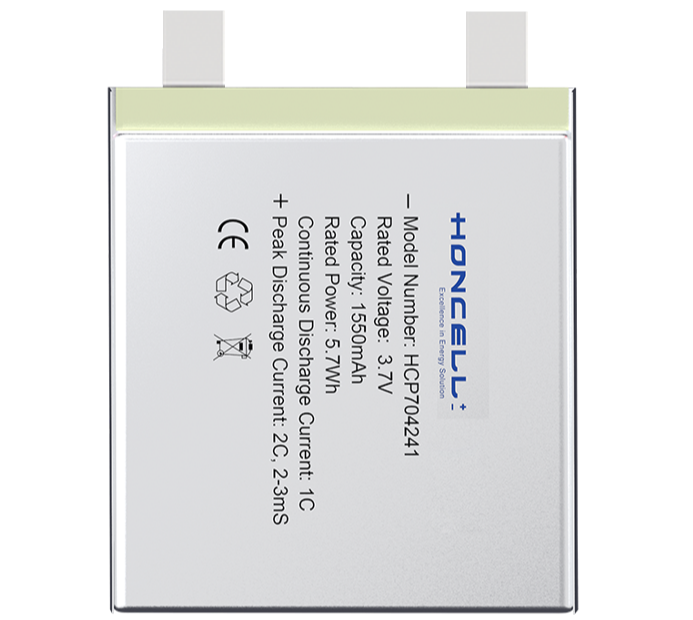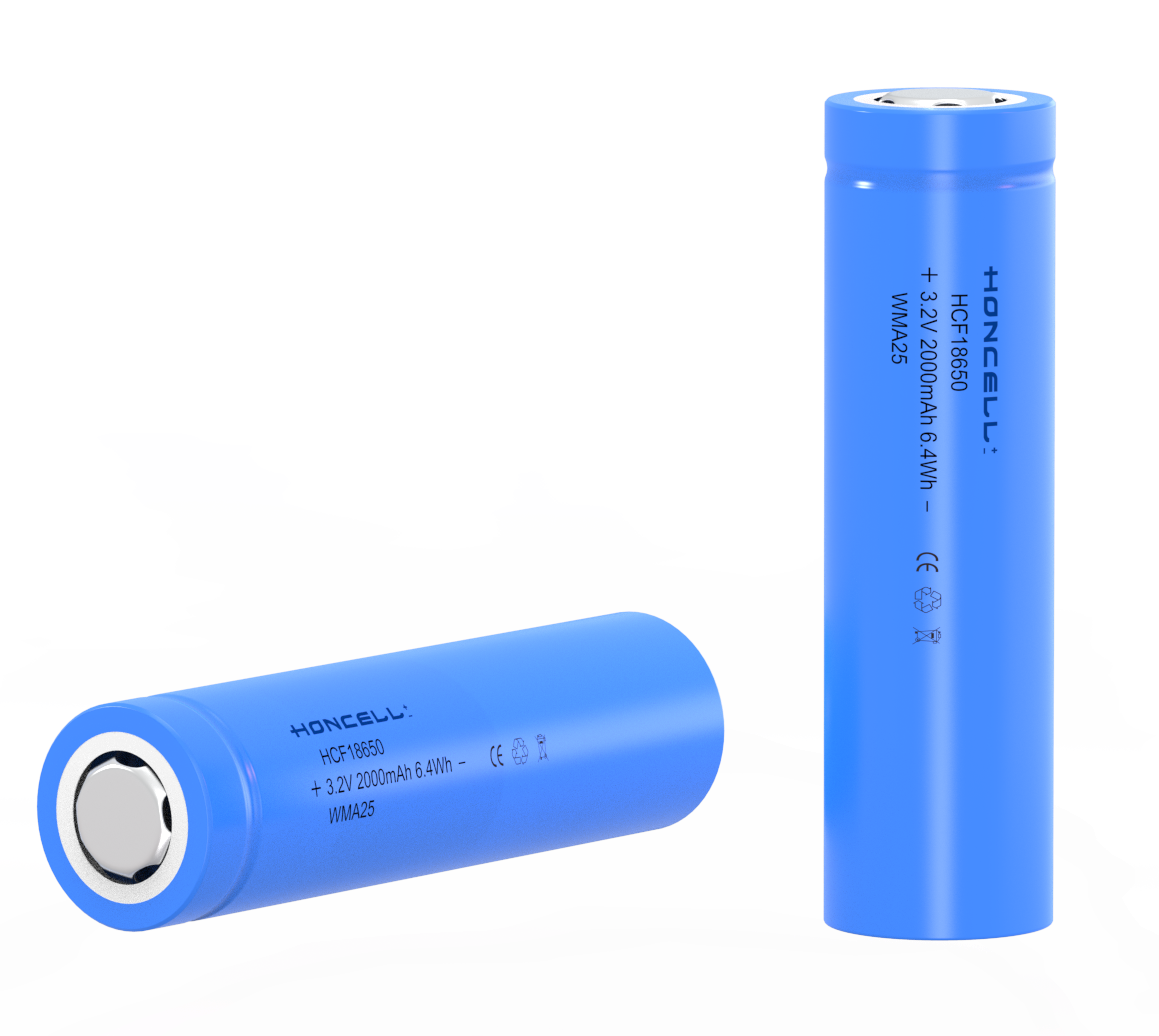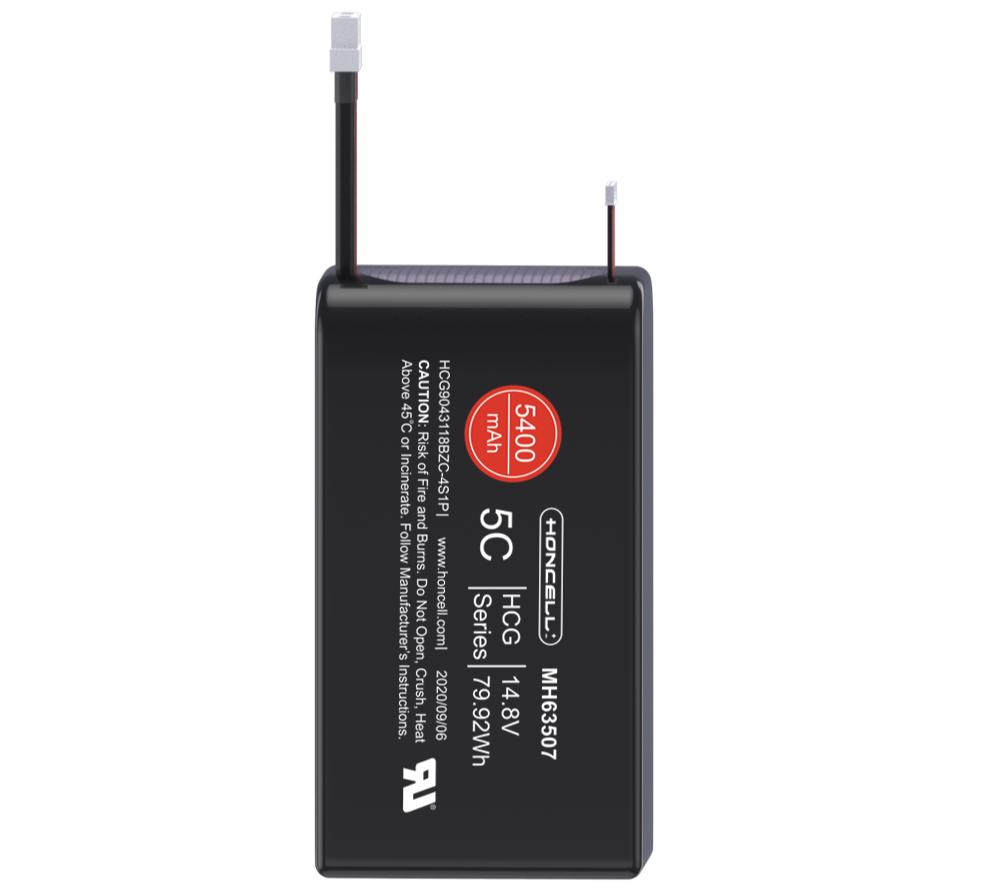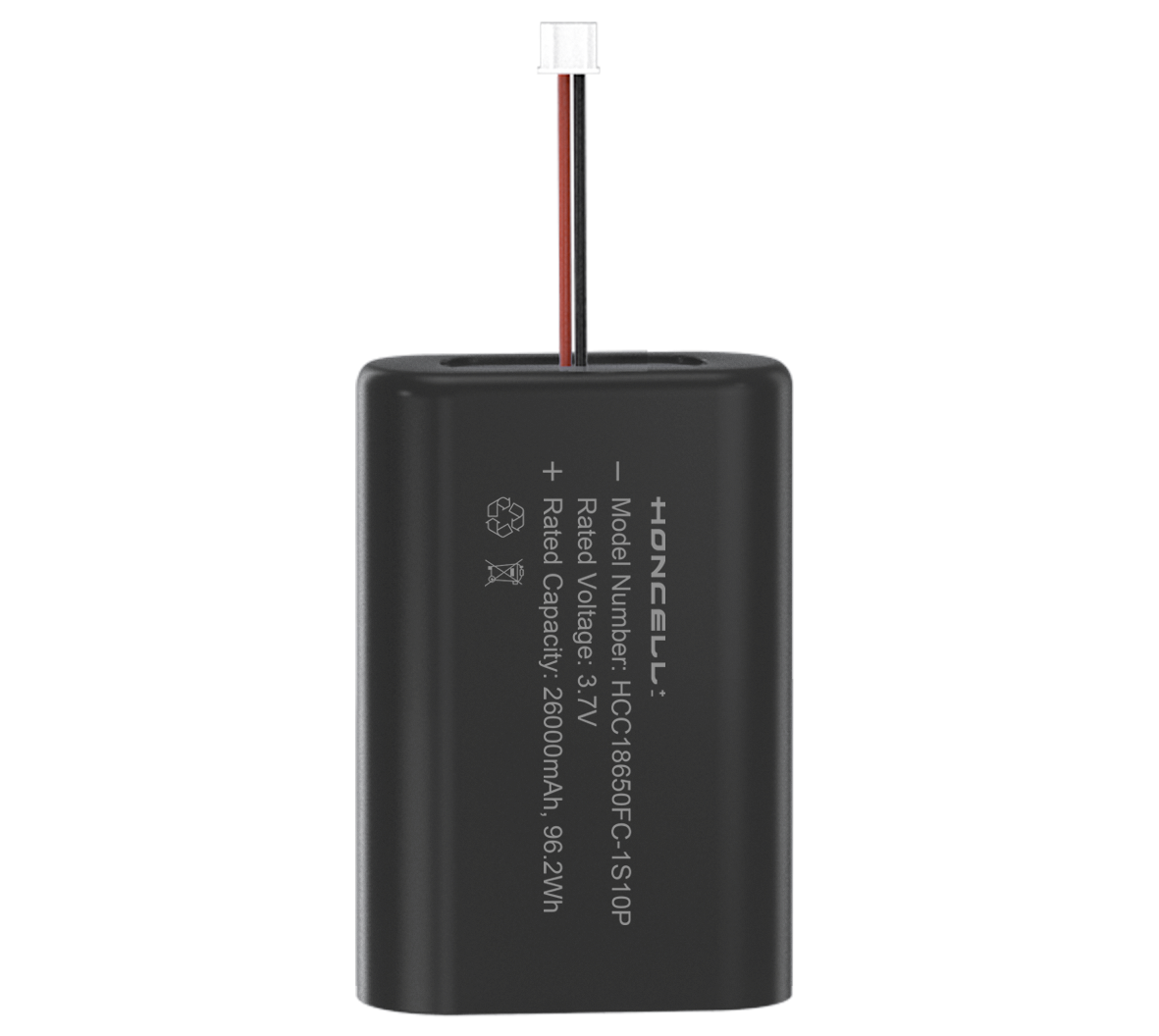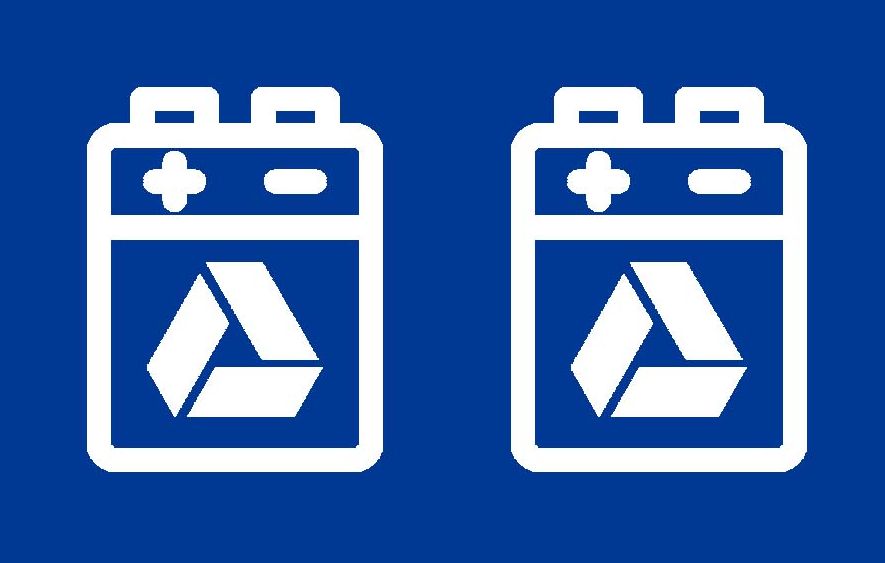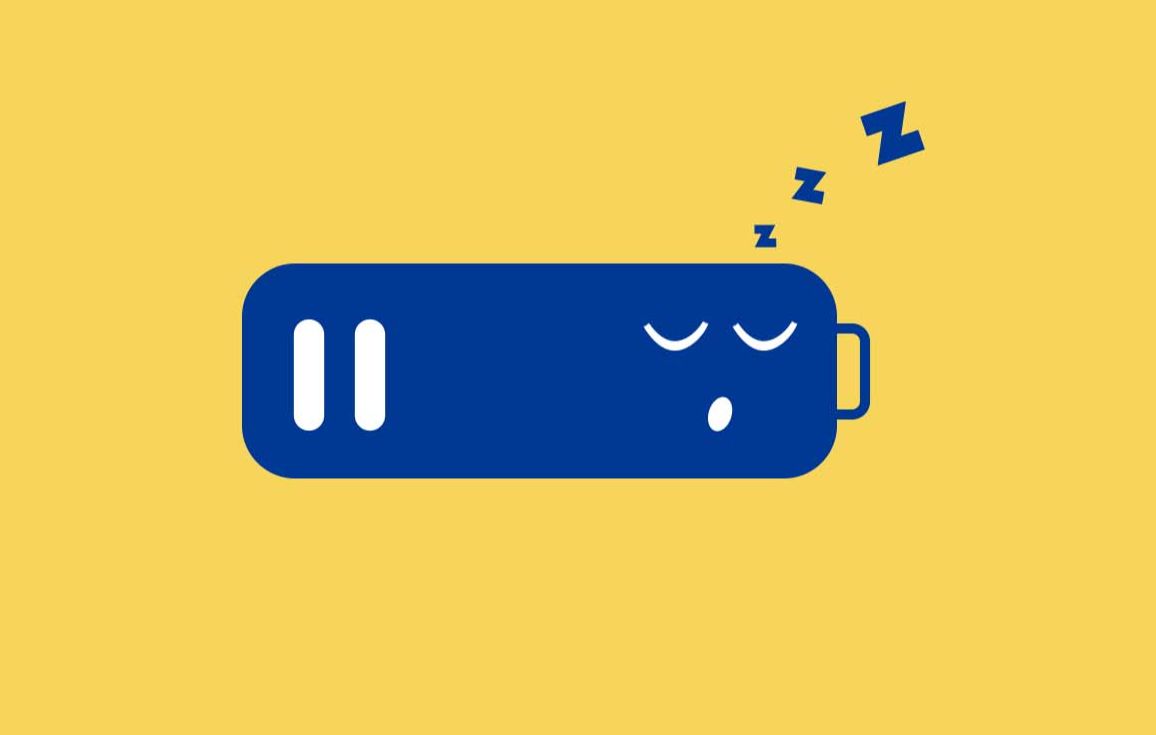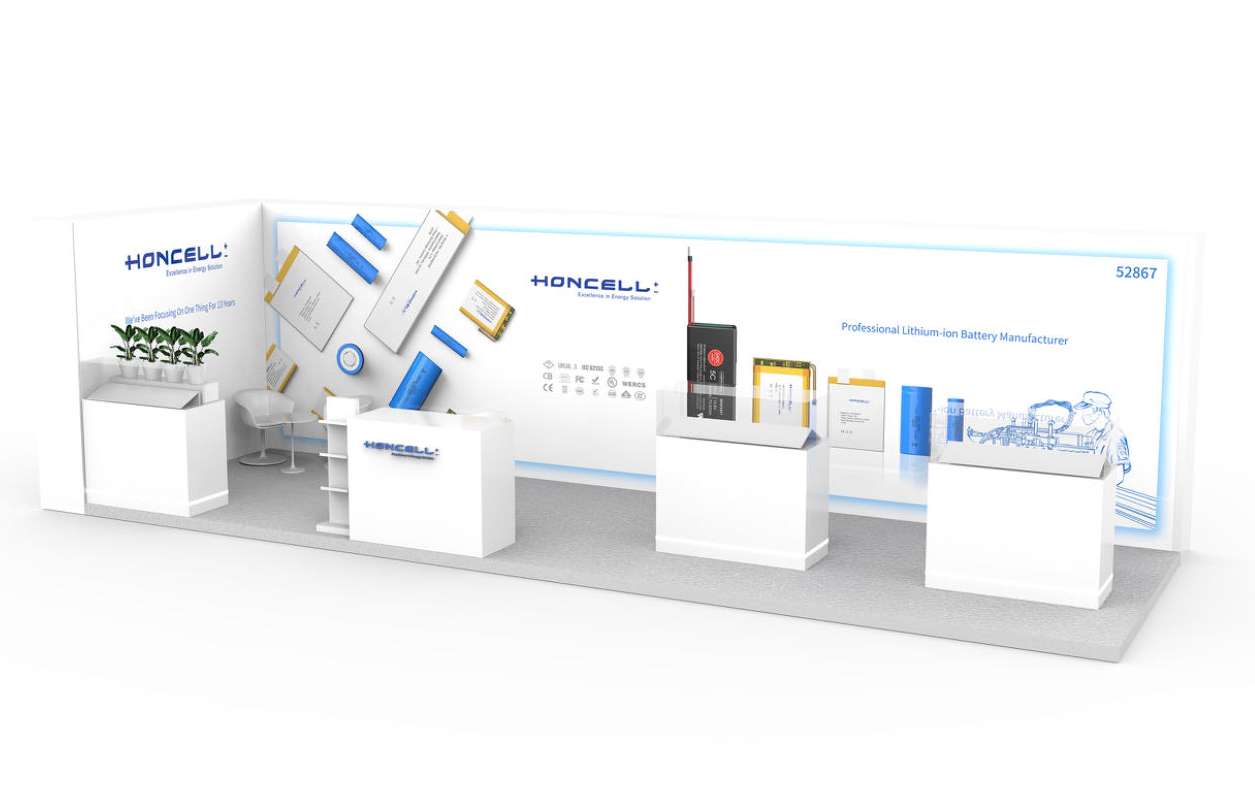FAQs
-
What are the usual charging ways for batteries?
1. Charge with constant current: the charging current is invariant when charging. This is the most frequently used charging way.
2. Charge with constant voltage: the charging voltage is invariant when charging while the inside current of the battery decreases as the voltage of the cell rises.
3. Charge battery with constant current (CC) first. When the voltage of the cell rises to a designated value, keep the voltage of the cell unchanged, charge the battery with constant voltage (CV), the charging current decreases until to zero.
4. The 1st and 2nd charging ways are usually applied for Ni-MH, Ni-Cd batteries and the 3rd charging ways are for lithium polymer batteries. -
What is the difference between Ni-Cd, Ni-MH and Lithium Ion batteries?
Batteries in portable consumer devices such as a laptop, camcorder, cellular phone, etc., are typically made using either Nickel Cadmium (Ni-Cd), Nickel Metal Hydride (Ni-MH) or Lithium Ion (Li-Ion) battery cell chemistry. Each type of rechargeable battery chemistry has its own unique characteristics as follows:
1. Ni-Cd and Ni-MH:
The main difference between the two is that Ni-MH battery (the newer technology of the two) offers higher energy density than Ni-Cd. In other words, the capacity of a Ni-MH is approximately twice the capacity of its Ni-Cd counterpart. What this means is for you is increased run-time from the battery with no additional bulk or weight. Ni-MH also offers another major advantage: Ni-Cd batteries tend to suffer from what is called the "memory effect". Ni-MH batteries are less prone to develop this problem and thus require less maintenance and conditioning. Ni-MH batteries are also environmentally friendlier than Ni-Cd batteries since they do not contain heavy metals (which present serious landfill problems). Note: Not all devices can accept both Ni-Cd or Ni-MH batteries.
2. Lithium Ion:
Lithium-Ion (Li-Ion) has become the new standard for portable power in consumer devices. Li-Ion batterys produce the same energy as Ni-MH battery but weighs approximately 20%-35% less. This is can make a noticeable difference in devices such as cellular phones, camcorders or notebook computers where the battery makes up a significant portion of the total weight. Another reason Li-Ion batteries have become so popular is that they do not suffer from the "memory effect" at all. They are also environmentally friendly because they don't contain toxic materials such as Cadmium or Mercury.
Is it Possible to Upgrade the Device's Battery to a newer Chemistry? Maybe. Ni-Cd, Ni-MH and Li-Ion are all fundamentally different from one another and cannot be substituted unless the device has been pre-configured from the factory to accept more than one type of battery chemistry. -
My new battery isnt charging. Is it defective?
Usually NO. New batteries come in a discharged condition and must be fully charged before use. It is recommended that you fully charge and discharge the new battery two to four times to allow it to reach its maximum rated capacity. It is generally recommend an overnight charge (approximately twelve hours). It is normal for a battery to become warm to the touch during charging and discharging. When charging the battery for the first time, the device may indicate that charging is complete after just 10 or 15 minutes. This is a normal with rechargeable batteries. New batteries are hard for the device to charge; they have never been fully charged and not “broken in.” Sometimes the device's charger will stop charging a new battery before it is fully charged. If this happens, remove the battery from the device and then reinsert it. The charge cycle should begin again. This may happen several times during the first battery charge. Don't worry; it's perfectly normal.
-
How can I maximize the performance of my battery?
There are several steps you can take to help you get maximum performance from your battery:
1. Prevent the Memory Effect - Keep the battery healthy by fully charging and then fully discharging it at least once every two to three weeks. Exceptions to the rule are Li-Ion batteries which do not suffer from the memory effect.
2. Keep the Batteries Clean - It's a good idea to clean dirty battery contacts with a cotton swab and alcohol. This helps maintain a good connection between the battery and the portable device.
3. Exercise the Battery - Do not leave the battery dormant for long periods of time. We recommend using the battery at least once every two to three weeks. If a battery has not been used for a long period of time, perform the new battery break in procedure described above.
4. Battery Storage - If you don't plan on using the battery for a month or more, store it in a clean, dry, cool place away from heat and metal objects. Ni-Cd, Ni-MH and Li-Ion batteries will self-discharge during storage; remember to recharge the batteries before use.
5. Sealed Lead Acid - (SLA) batteries must be kept at full charge during storage. This is usually achieved by using special trickle chargers. If you do not have a trickle charger, do not attempt to store SLA batteries for more than three months. -
What is the primary battery and secondary battery?
The primary battery refers to the battery that can only discharge and is not rechargeable while the secondary battery talks of the rechargeable battery that can be charged and used in duty-circle operation.
-
How long do batteries last?
The life of a rechargeable battery operating under normal conditions is generally between 500 to 800 charge-discharge cycles. This translates into one and a half to three years of battery life for the average user. As the rechargeable battery begins to die, the user will notice a decline in the running time of the battery. When a battery that originally operated the notebook for two hours is only supplying the user with an hour's worth of use, it's time for a new one.
-
Need battery be activated?
Yes. But this is not the job for users. All of our batteries have been activated in-house after some complicated procedures. What users have to do is only proceeding 3 to 5 times complete charging and discharging before use to achieve for the best capacity condition.
-
How do we control the quality in-house?
We strongly believe that the quality is the life line of an enterprise, therefore, the quality control are always considered as the most important thing in our production management. We count on our professional and well-trained QC team to effectively control the quality of our products; Our QC Department mainly consists of IQC, IPQC, FQC and QA.
-
How are batteries rated? What are volts and amps?
There are two ratings on every battery: volts and amp-hours (Ah). The Ah rating may also be given as milliamp-hours (mah), which are one-thousandth of an amp-hour (for example, a 1Ah battery is 1000mah). Amp-hours are a rating of the amount of energy that a battery can store. Another way of looking at it is to say that the higher a battery's amp-hour rating is, the longer the battery's run-time will be. Some of our batteries will have higher amp-hour ratings than the original battery found in your device and will not cause any incompatibilities.


